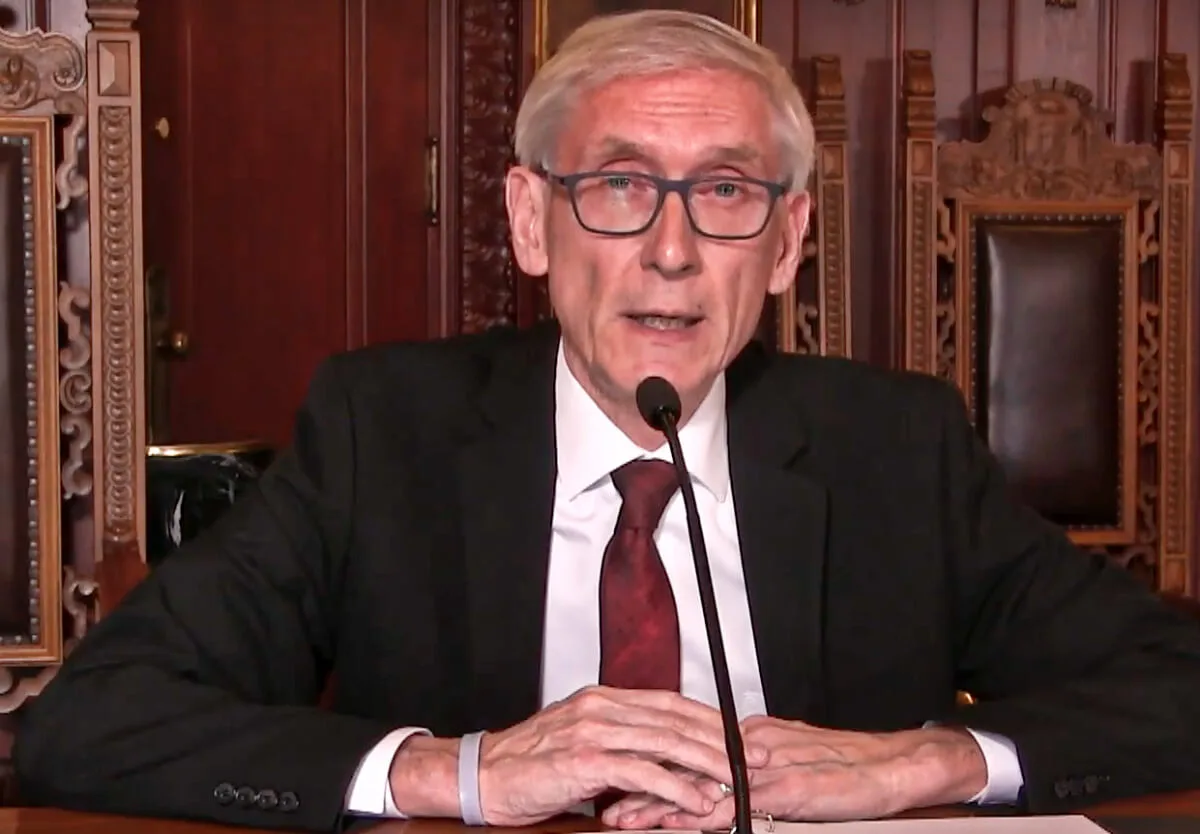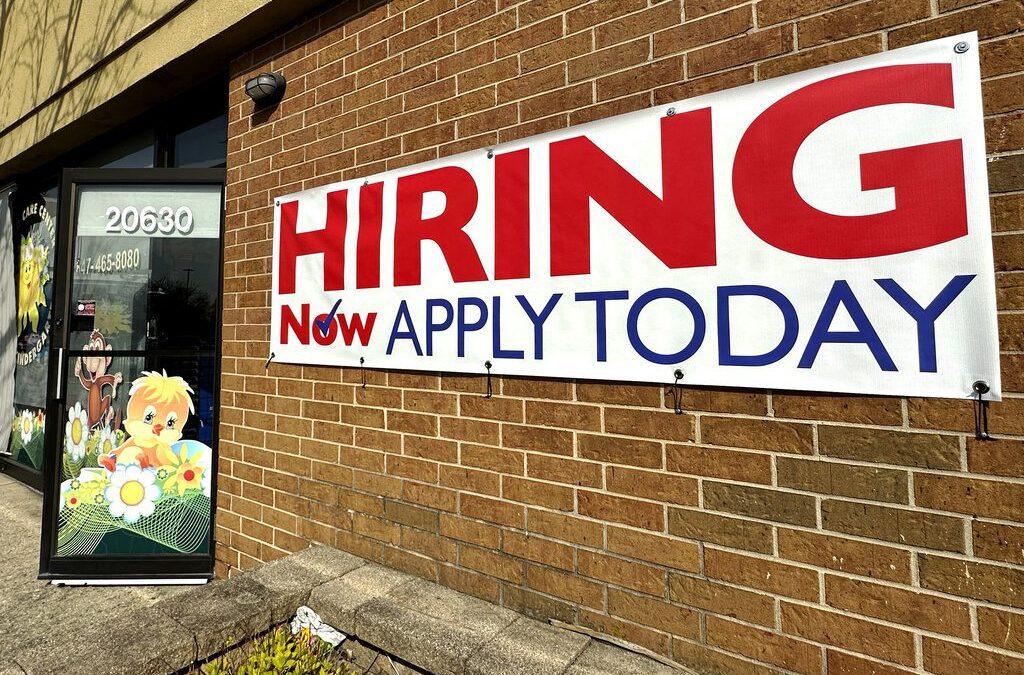
#image_title
Votes by two rural counties, one rural municipality largely in the minority on safer-at-home order to contain COVID-19
A few local governments in rural areas of the state are taking action to lift restrictions intended to keep them safe from the spread of the coronavirus, even as the number of positive cases continues to climb in Wisconsin.
On Friday the Polk County Board scheduled a 3 p.m. emergency meeting to discuss asking Gov. Tony Evers to lift restrictions on businesses and to allow public gatherings before the safer-at-home order expires May 26. Polk County has had four cases of COVID-19.
On Tuesday, the Kewaunee County Board voted 17-3 to direct Evers to reopen businesses on May 12, two weeks earlier than the May 26 date. Kewaunee has had 13 cases and one death.
That same day the Rice Lake City Council in Barron County approved a resolution by a 5-4 vote allowing businesses to reopen before the May 26 deadline. The county has had six cases of COVID-19.
The actions are signs of growing restlessness on the part of some residents at Evers’ extension of the safer-at-home measures that were originally set to expire April 26. Many of the state’s COVID-19 cases are in more populated areas such as Milwaukee, Madison and Green Bay, according to state health department data. By keeping restrictions in place in Wisconsin’s rural regions, businesses are at risk and the measures are not necessary to protect public health, argue those who want businesses to reopen.
“I just don’t think it’s necessary,” Jessica Lowenhagen, who lives south of La Crosse, said of the continuance of stay-at-home regulations. “I think the protections were necessary at first, but I don’t think so any more.”
Wisconsin Manufacturers & Commerce and Chamber of Commerce officials across Wisconsin are pushing for a regional approach to lifting the safer-at-home rules, saying parts of the state with fewer confirmed COVID-19 cases should be allowed to resume activities sooner than May 26, as long as they abide by protections for workplace employees and customers.
On Thursday WMC and Wisconsin business owners told members of the state Assembly Committee on State Affairs that businesses need to be allowed to reopen as soon as is practical.
However, reopening business and other activities as the number of COVID-19 cases in Wisconsin keeps growing could prompt further outbreaks of the virus, causing more illnesses and deaths and forcing a continuance of restrictions even longer, state public health officials said.
The state saw the largest single-day jump in positive cases Friday, with the number increasing by 460 from 6,854 to 7,314 cases, according to state Department of Health Services data. The number of deaths rose from 316 to 327.
Lieutenant Gov. Mandela Barnes criticized the concept of a regional reopening of businesses and other activities. That plan fails to take into account the fact that people will drive from one region to another, potentially bringing COVID-19 with them.
“The regional approach that has been floated around sounds OK in theory,” Barnes said. “But it would be ridiculous in practice.”
While a handful of local governments are seeking to reopen sooner, others said they plan to abide by the regulations. For example, city officials in Madison, Milwaukee and Eau Claire said they plan to continue to conform with the law.
Wisconsin public health officials said they understand people wanting the order to be lifted. They acknowledged that many businesses and many in the state have lost jobs, evidenced by the more than 442,000 state residents who have filed for unemployment since March 15.
As part of his plan to reopen Wisconsin, Evers said cases of the virus must decrease over a 14-day period.
Resuming business and other activities before the number of cases begins to decline “will put the people of Wisconsin at risk,” he said. “We need to continue to stay at home until we see this illness start to decline.”
Determining how many people have the virus is difficult because of a lack of COVID-19 testing so far, in large part because of a lock of supplies from the federal government. Given that, public health officials said it is likely the number of cases of the virus is higher than those that have been confirmed.
The state has boosted daily testing capacity in recent weeks to above 11,000, DHS Secretary-designee Andrea Palm said. But DHS statistics show the actual number of tests conducted statewide ranges from only 1,500 to 3,500.
“We suspect there are more cases out there we just have not been able to test,” Palm said during a news conference Wednesday.

New Biden rules deliver automatic cash refunds for canceled flights, ban surprise fees
In the aftermath of a canceled or delayed flight, there’s nothing less appealing than spending hours on the phone waiting to speak with an airline...

One year on the Wienermobile: The life of a Wisconsin hotdogger
20,000+ miles. 16 states. 40+ cities. 12 months. Hotdogger Samantha Benish has been hard at work since graduating from the University of...

Biden makes 4 million more workers eligible for overtime pay
The Biden administration announced a new rule Tuesday to expand overtime pay for around 4 million lower-paid salaried employees nationwide. The...

‘Radical’ Republican proposals threaten bipartisan farm bill, USDA Secretary says
In an appearance before the North American Agricultural Journalists last week, United States Department of Agriculture (USDA) Secretary Tom Vilsack...




